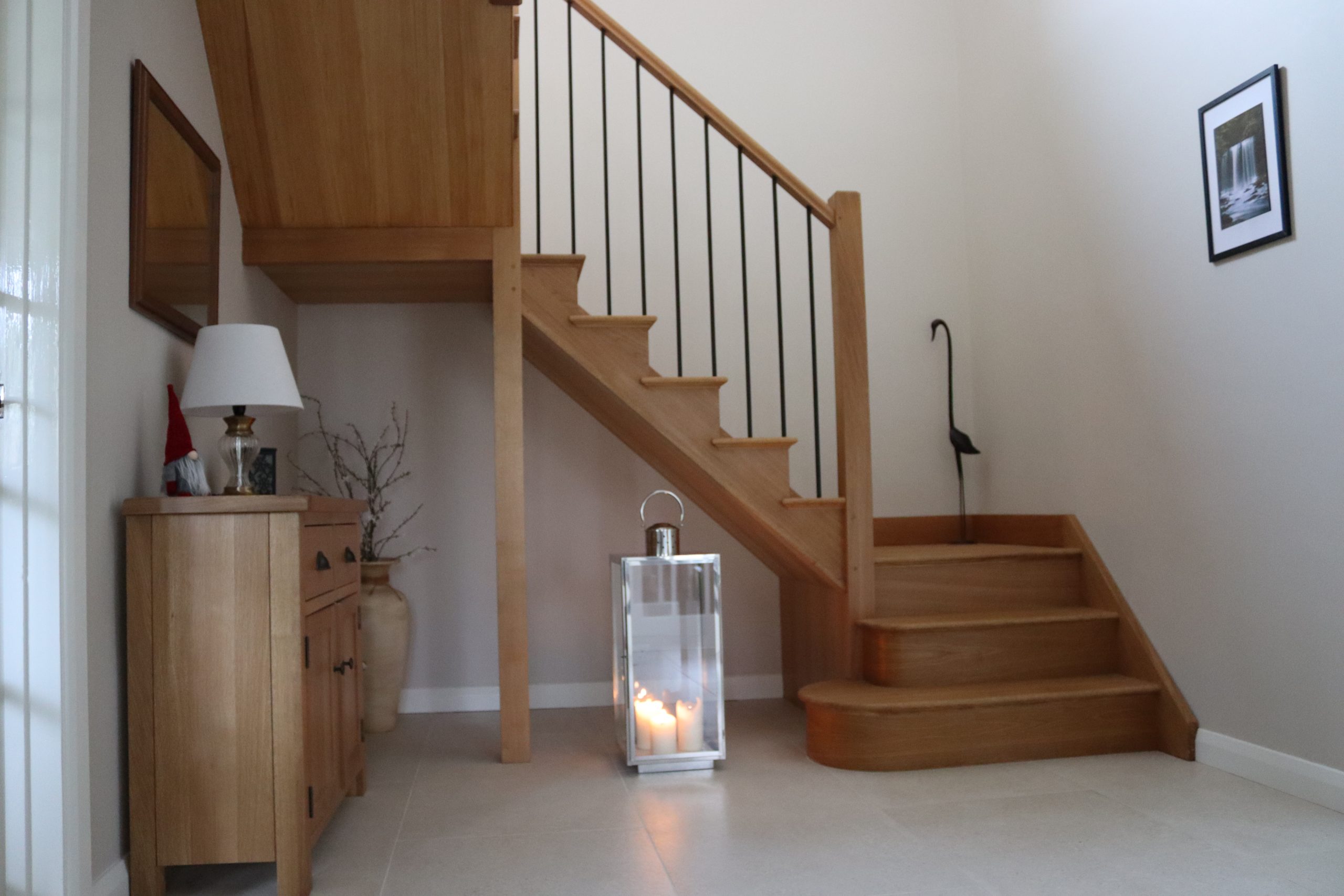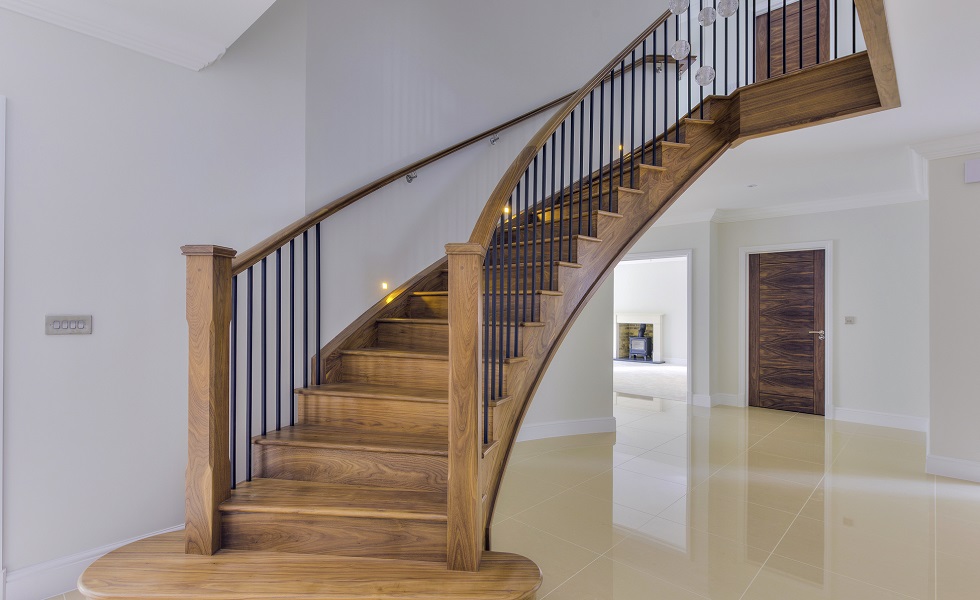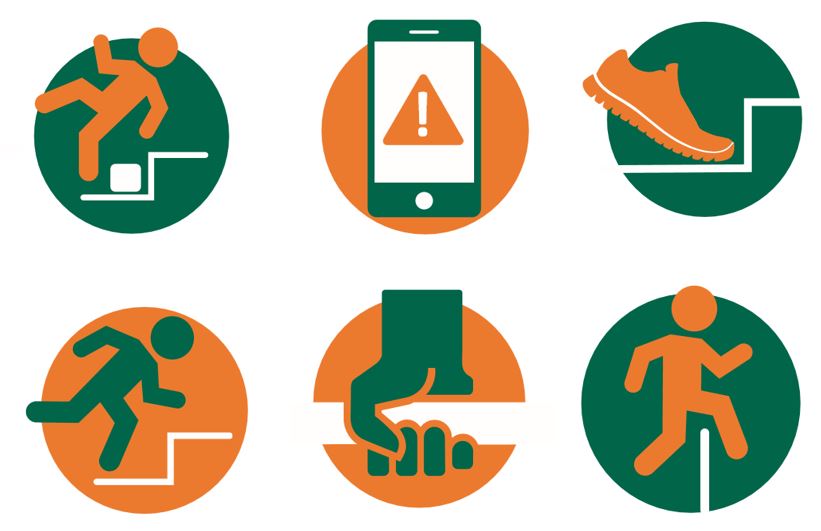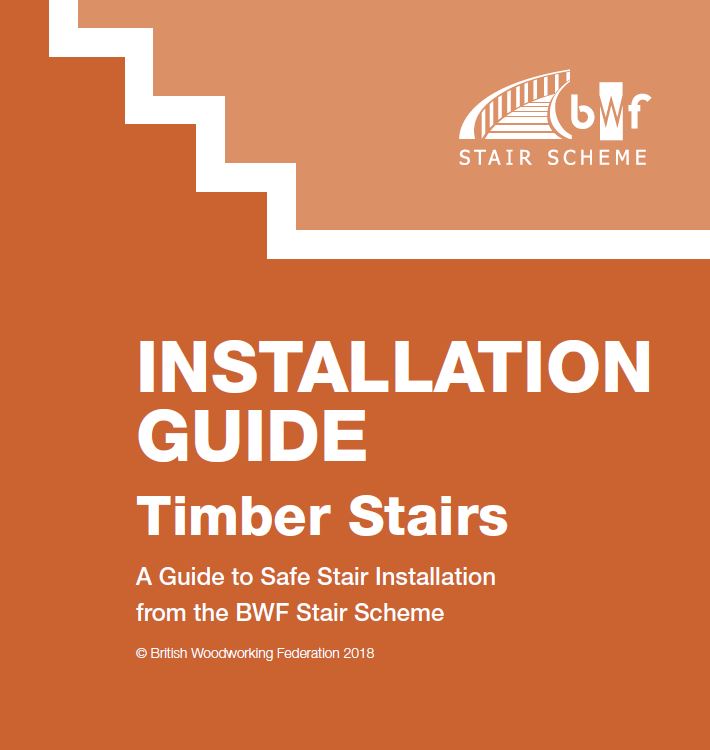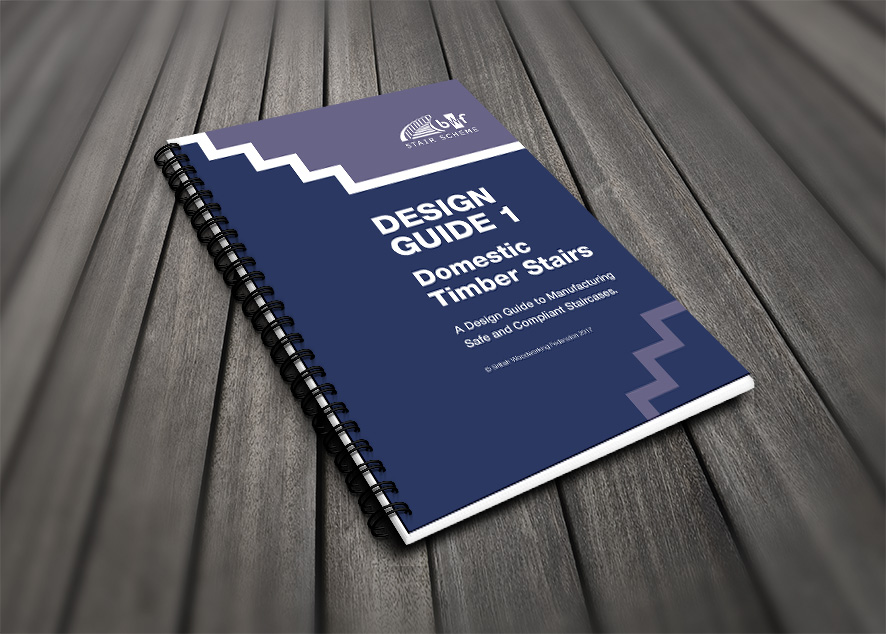
Housebuilder procurement teams and site managers are taking a big step up in stair safety this month following publication of new guidance for the new home building industry by the British Woodworking Federation (BWF) Stair Scheme.
Two new guides– ‘Timber Staircases, The Site Manager’s Checklist’ and ‘Timber Staircases, A Procurement Guide for Housebuilders’ – are being issued to the industry this week and combine safety advice with top tips on quality management.
Additional resources, including the latest update to the official BWF Stair Scheme Installation Guide (including new 3d imagery and links to a new section on winder flights) and a range of supporting toolbox talks, are being made available free of charge on the scheme’s website.
Tips for home builders’ site staff include careful preparation of the space before a stair’s installation, the correct storage of stair components, ensuring uncoated stairs do not absorb moisture from drying plaster or a screed, and the importance of measuring carefully finished floor-to-floor dimensions.
Hannah Mansell, manager of the BWF Stair Scheme, said:
“Stairs represent one of the more common areas for serious accidents during construction, and then generally in the home once a property is completed. There are 350,000 injuries and 550 deaths every year in the UK caused by slips, trips and falls on domestic stairs. We know that a good number of these accidents could be avoided if all staircases were designed and installed correctly.
“Beyond safety concerns, sound design and installation of staircases saves time and money. Two thirds of all homes suffer from squeaky stairs. In new homes, complaints such as squeaks and springy stairs are a common area of complaint for home builders and warranty bodies, creating a clear cost to the new homes industry.”
Eleni Rothwell, Group Quality Executive at Crest Nicholson Plc, said:
“The BWF’s stair installation guide covers all those areas where often mistakes happen, resulting at best in aesthetically poor detailing and in the worst cases, in unsafe installations. The Stair Scheme resources compliment the information we provide in our Quality Manual and we will be issuing them to all of our production teams. It is a very positive development to see the supply chain working together to support the industry in this way.”
The BWF’s tips for home builders’ site staff include careful preparation of the space before a stair’s installation, the correct storage of stair components, ensuring uncoated stairs do not absorb moisture from drying plaster or a screed, and the importance of measuring carefully finished floor-to-floor dimensions.
Procurement managers are urged to get up-to-date with the various British and European standards and Codes of Practice concerning stairs, understand the classification of different stairs and to specify accordingly. They should also involve the manufacturer at the early design stages so that issues in design compatibility or installation can be identified and remedied earlier.
The BWF Stair Scheme was established in 2011 to raise awareness of timber stair standards, to accredit high quality manufacturers and to improve safety. It is the only accreditation and certification scheme of its kind in the UK and accounts for approximately 70% of the timber stair market.
Every domestic stair, common part stair or fire protected communal stair manufactured under the scheme will carry the BWF Stair Scheme badge. Specifying these stairs provides housebuilders with regulatory compliance, reduced risk and higher performance. Most BWF Stair Scheme member firms also provide detailed technical guidance documents, onsite training and site surveys, and other supporting services for housebuilders.
Download the timber stair guidance documents from www.bwfstairscheme.org.uk

